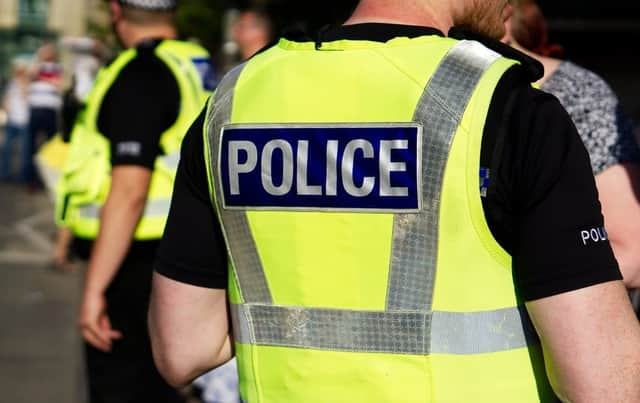Police are using big data to profile young people, putting them at risk of discrimination


This article contains affiliate links. We may earn a small commission on items purchased through this article, but that does not affect our editorial judgement.
Amnesty International has raised a series of human rights issues in connection with the “gang matrix” developed and run by London’s Metropolitan Police, in a recent report. According to the report, appearing on the database could affect the lives of 3,806 people, 80% of whom are between 12 and 24 years old.
Advertisement
Hide AdAdvertisement
Hide AdThere are no specific details about how the matrix operates and is used by police. It exists, at least in part, to address the difficulties in policing gang activities across different districts. But it’s suspected that – because of government data sharing – appearing on the database will “follow” young people around, affecting their access to housing, education or work.


The Met said in a statement, “The overarching aim of the matrix is to reduce gang-related violence and prevent young lives being lost”, but added that it was working with Tottenham MP David Lammy, Amnesty International and the Information Commissioner’s Office to “help understand the approach taken”.
Discrimination through data
The first and most obvious issue is that the gang matrix appears to discriminate against ethnic minorities: 87% of the people listed on the the matrix are from Asian and minority ethnic (BAME) backgrounds, and 78% are black. As Amnesty notes, this is clearly disproportionate; black people only make up 13% of London’s population, and 27% of those people known by police to be responsible for serious youth violence.
Other concerns about discrimination have been raised in relation to police use of surveillance technologies. For example, UK research highlighted how early CCTV systems tended to focus disproportionately on minority groups, particularly young black males.
Advertisement
Hide AdAdvertisement
Hide Ad
